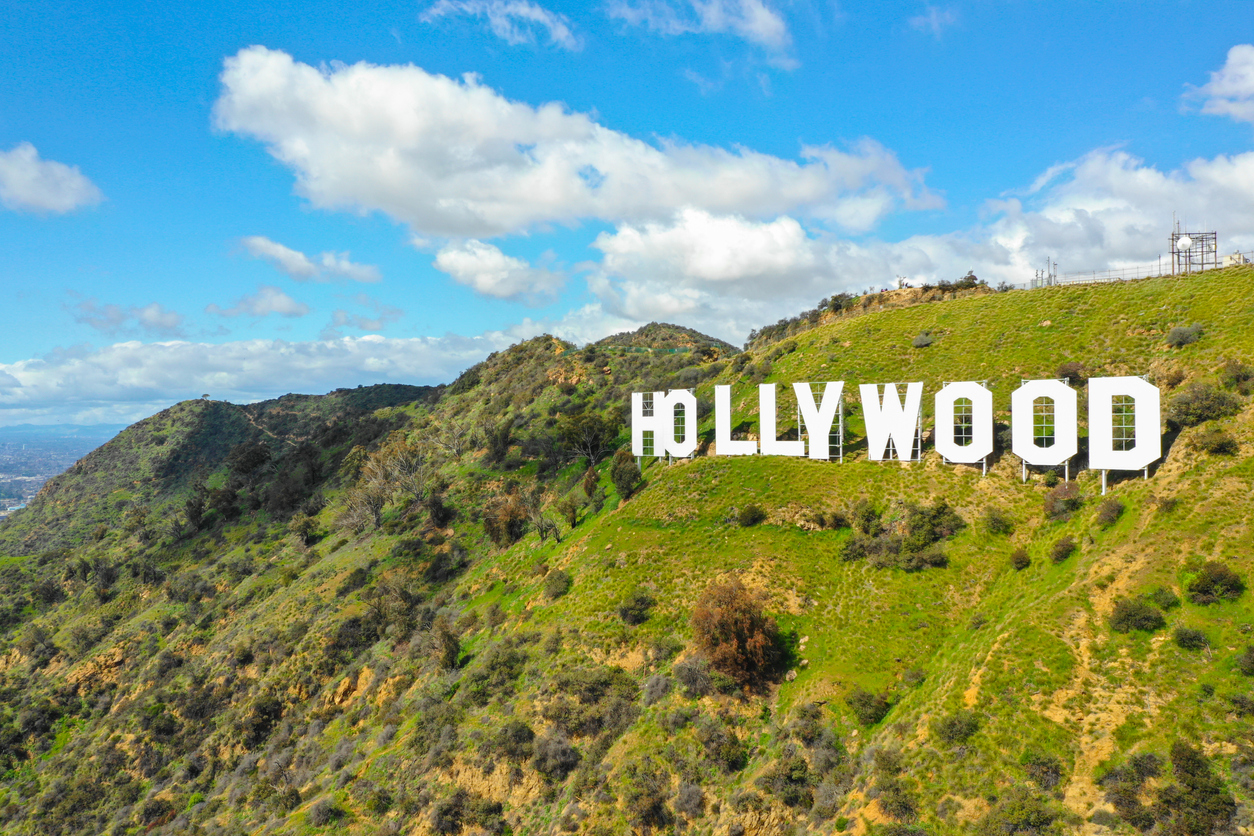To a non-A-lister, Hollywood’s glitz and posh atmosphere are things that can only exist in the imagination. The biggest film and movie industry in the US, Hollywood, has produced some of the world’s most celebrated TV stars, who vaunt hefty bank balances, luxury living, and egocentrism. Don’t be fooled; things were not all jingles-n-bells as it is today.
We’ve watched all kinds of mind-gobbling movies with bizarre storylines. For instance, the intriguing legend film featuring Rudolph Valentino and the unusual occurrences during the making of The Omen have both raised eyebrows. Let’s now take a walk through memory lane and uncover the roots of the world’s most acclaimed film industry.
Before Hollywood was Fort Lee Movie Industry
Tinseltown, as Hollywood is also known, became known as the home of movies in the 20th century. No one in the world would believe that New Jersey’s Fort Lee, located thousands of miles from California’s Hollywood, was the movie industry’s headquarters.
Thomas Edison held many patents in the promising industry, which made him enjoy a monopoly over the industry. In 1908, he further bolstered his dominance over the industry by establishing the Motion Pictures Patent Company. That meant that anyone wishing to stage or create films was to pay the Edison Trust. Failure to do comply would lead to costly lawsuits. History has it that William Fox, the founder of 20th Century Fox, lost his production license after malicious schemes by the Trust. Edison authorized a company to film 20th Century movies in a brothel just to back-up his intentions to revoke his license.

The Switch to Hollywood
After the decline of Fort Lee as the center of all the action, heads turned to the central region of California’s Los Angeles County, where Hollywood lies. The destination became popular among filmmakers because land was affordable, quiet, and varied topography, which provided excellent shooting scenes. Furthermore, it was an escape strategy by the independent studio because they had easy access to Mexico in case the Patent Companies came snooping about.
The Biograph Film Company was the first production brand to create the first movie in Hollywood. The region impressed the filmmakers who [spoke highly about Tinseltown. Other production companies then started streaming into Hollywood. In 1911, the AI Christie’s Sunset Boulevard motion picture studio was established. The industry was still in its budding stages; no wonder the Sunset Blvd studio didn’t match the perceived glamor that Hollywood is known for. It’s surprising to know that Universal City Studios, founded by Carl Laemmle, was set up on old farmland because Hollywood’s land authorities declined to offer him somewhere to get started.

The Challenging Times in Old California 1910
In the former yeas of the 20th century, the Hollywood film industry mainly featured silent films, in which actors only expressed themselves through actions. Some of the celebrated actors and actresses of the time include Marion Leonard, Arthur V. Johnson, and Henry Brazeal Walthall.
During this time, Hollywood was an agricultural area with about 500 individuals, while the neighboring Los Angeles had around 100,000 people. To the farmers who called Hollywood home, the movie studios’ establishment was nothing but a short-lived fad. They met greeted the filmmakers with hostility. They even went ahead and erected “No Dogs or Actors Allowed” signs on entrances to accommodation establishments.
However, the aspiring stars were adamant about setting up shops in Hollywood, and it is their efforts that contributed to the town’s economic prosperity. Charlie Chaplin and Carl Laemmle are some of the pioneers who were brave enough to weather the increasing turmoil. Nonetheless, as the film studios thrived, money started flowing into the town, which compelled the local farmers and naysayers to change their minds about the film industry. Laemmle took this opportunity and used to credit actors and actresses, leading to the recognition of acting stars, such as Mary Pickford, famous as “America’s Sweetheart.”

In Comes the “Hollywood” Sign
Before the iconic Hollywood sign that we know today was installed, it read “Hollywoodland” to promote the region’s agriculturally-fertile land in central Los Angeles. It was until 1943 that the name was shortened to the trademark signage that Hollywood boasts. A decade later, the Hollywood Walk of Fame was established and has since grown to unimaginable limits.
Several factors have led to the exponential growth of the Hollywood movie industry. These include the introduction of television technology, the internet, streaming solutions, and movie awards ceremonies [like the Oscars]. While these may have positively and negatively impacted the industry, one thing is for sure: the glitz-n-glamor, money, and luxurious lifestyle that is synonymous with Hollywood is a testament that Hollywood is here to stay. It’s quite incredible to learn that it all began with the lawsuit-hungry Thomas Edison and hostility from farmers that led to the emergence of the world’s largest movie industry.




